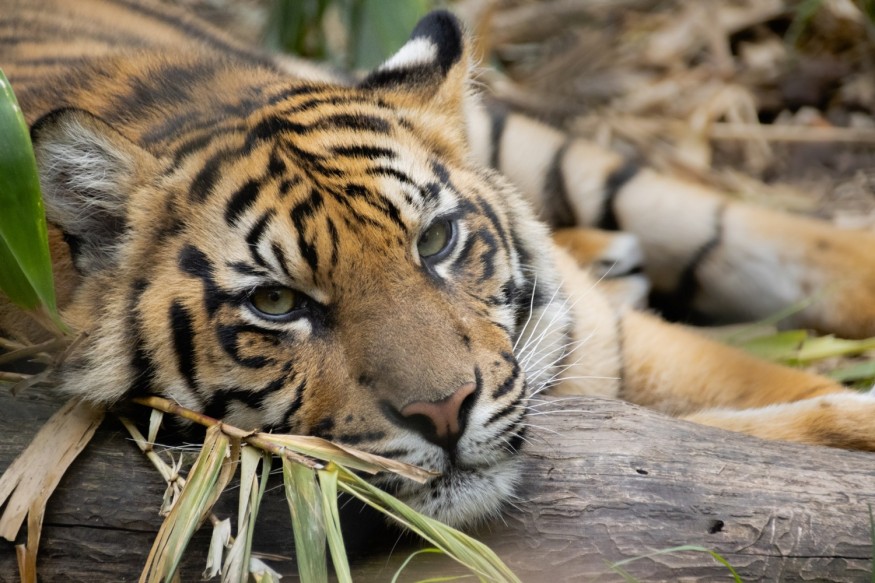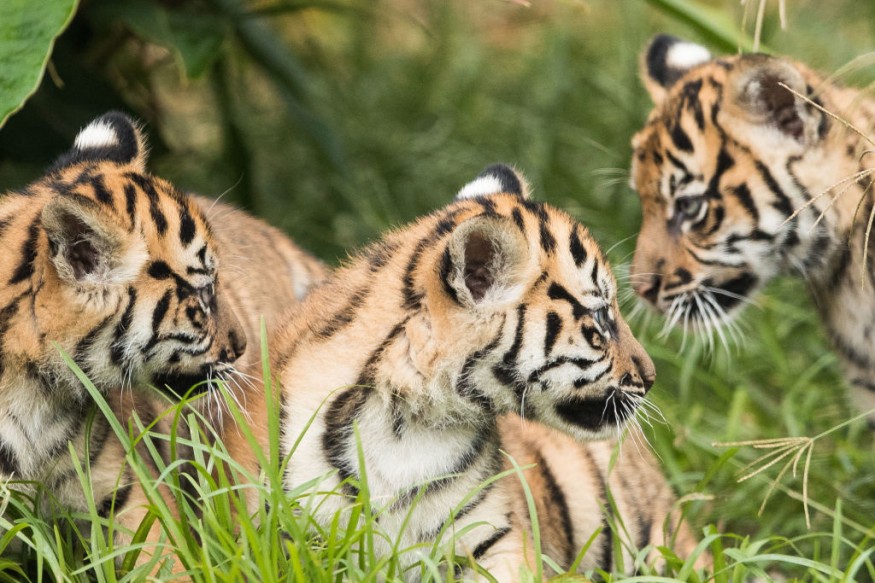In Nepal, tigers have almost tripled, but at what cost? Currently, the nation is home to 355 tigers, but some claim that the emphasis on conservation has endangered the tigers' human neighbors.

Tiger Conservation
The world's leader in tiger conservation is now Nepal.
Today, the nation revealed that it had 355 threatened animals within its borders, nearly triple its estimated 2009 tiger population of 121.
All 13 nations with tigers in the wild committed to double their tiger populations at the Global Tiger Summit in St. Petersburg, Russia, in 2010. Nepal has only accomplished it.
According to Abishek Harihar, the deputy director of the tiger program at the wildcat conservation organization Panthera, which recently supported Nepal's efforts to survey its Bengal tiger population, the success of the nation is mainly attributable to "strong government buy-in" for tiger conservation and the enforcement of strict anti-poaching policies.
Panthera reported that more than 100,000 tigers inhabited the earth at the beginning of the 20th century, but habitat destruction wiped off more than 90% of their range. Tiger populations were also significantly decreased by trophy hunting and poaching for their skins and bones, which were used in China and other parts of Asia to manufacture goods like tiger bone "wine," a traditional concoction some think can give the drinker the animal's vigor. No tigers live in the wild now in southern China, Laos, Cambodia, or Vietnam.
Harihar said that the penalty for tiger poaching in Nepal is 15 years in jail and a $10,000 fine.
Tiger Attacks

Most of Nepal's tigers are housed in five national parks constructed since the 1970s. Army officers and park employees monitor them extensively. Other vulnerable species, including pangolins, rhinos, and elephants, have also benefited from tiger safeguards.
Some of Nepal's increased numbers of tigers can be attributed to improved sampling techniques like camera traps. According to Harihar, there has also been a noticeable increase in the number of tigers born. While India, Bhutan, and Thailand have all made progress in recent years, he asserts that Nepal has come the closest to its tiger goals of all the nations.
The International Union for the Conservation of Nature, the world's foremost expert on the status of endangered species, declared earlier this month that tiger populations are "stable or increasing" globally. Its most recent count indicates between 3,726 and 5,578 wild tigers-a 40% increase from the 2015 estimate. IUCN observed that increased monitoring was mostly responsible for the improvement rather than an increase in the number of threatened species.
Although some opponents claim that the emphasis on tiger expansion is at odds with community safety, Nepal's tiger growth has not come without a price. In recent years, tiger assaults on residents close to tiger habitat have risen, as has livestock predation, endangering livelihoods. According to Kumar Paudel, the director of Kathmandu-based group Greenhood Nepal, "government organizations and environmentalists haven't thought enough about how to keep people safe in those villages."
He declares, "I'm happy to see the tiger numbers, but the price of this conservation is terrible.
Babu Ram Lamichhane, a scientist with the National Trust of Nature Conservation in Nepal, said that between July 2021 and July 2022, tigers murdered 16 humans in Chitwan National Park, the big cat's primary habitat. He claims that, in contrast, there were ten assaults (and associated fatalities) in the park during the preceding five years combined.
While she was gathering firewood in the Bardiya district, near one of the major regions of tiger habitat, a tiger attacked and wounded a 41-year-old lady. According to The Kathmandu Post, the event enraged the neighborhood, and protesters stopped the major route to demand improved animal protection. Security personnel used tear gas shells and live ammunition to scatter the demonstrators, resulting in several injuries and one fatality.
Endangering Human Lives
According to research by Lamichhane's team, tigers that attack or murder humans are frequently physically weak or without territory-they are distressed animals hunting for quick meat. He claims that higher tiger concentrations lead certain cats to look for territory in outlying locations where they are more likely to come into contact with people.
He adds that timely control, such as the tiger's euthanasia, and better surveillance of these animals may help decrease assaults. He also argues against moving felines who have attacked humans in the past because doing so puts them in danger of doing so again.
According to Kanchan Thapa, the country's head of wildlife programs for the World Wildlife Fund-Nepal, most people living close to national parks still rely on the forest for everyday necessities, such as wood for fire. Accordingly, he contends that the government and other conservation partners should concentrate on giving these people alternatives to subsistence farming.
Possible Coexistence
With the disclosure of the updated world population figures, the IUCN called on nations to keep growing and linking protected areas and recommended increased cooperation with local groups residing in and around tiger habitats.
According to Paudel, the connection between humans and tigers is the main issue. Governments must "think about the social cost of conservation and how we can all share it."
For more updates about the latest animal news, don't forget to follow Nature World News
© 2025 NatureWorldNews.com All rights reserved. Do not reproduce without permission.





